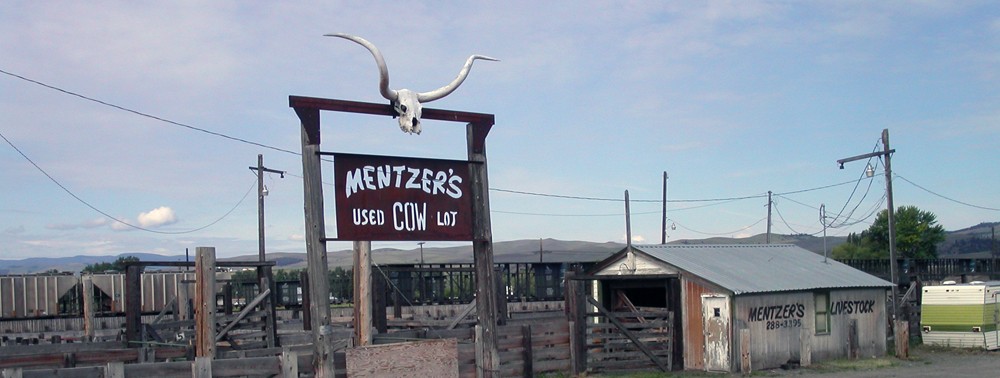In 1906, the United Daughters of the Confederacy donated a cannon to DeKalb County, Georgia. According to the story attached to the cannon, it had been used in an 1836 campaign against Native Americans. Two years later, the UDC added to the collection in Decatur’s courthouse square by donating a Confederate monument. Activists succeeded in getting the monument removed in 2020 and they set their sights on getting rid of the cannon dedicated to commemorating the “Indian War of 1836.” But the cannon’s story goes much deeper than the displacement and murder of indigenous people in 1836. One question the Decatur activists don’t appear to have asked is why the UDC sought to commemorate a war that took place 25 years before the Civil War.

Cannon in Decatur courthouse square, June, 2021.
The so-called “Indian War of 1836” was a military campaign waged by the United States against the Muskogee (Creek) people who had lived in Georgia for more than a thousand years. It was authorized under the 1830 “Indian Removal Act.” Decatur’s activists got that part of the history right. What they missed is the 1836 Georgia military action’s connections to another campaign of displacement and murder happening at the same time: the Second Seminole War.
Fought in Florida’s swamps and prairies between 1835 and 1842, the Second Seminole War isn’t part of most history curricula. I grew up in coastal Florida among the war’s traces: the ruins of sugar plantations destroyed in the fighting and place names commemorating the Native Americans and United States soldiers who died in the battles. My first exposure to historical archaeology occurred in these places and we were taught a version of the Second Seminole War in the schools. It was unavoidable: one of the schools I attended in Daytona Beach was named Osceola Elementary School. Osceola (1804-1838) was a Seminole leader captured and imprisoned during the war. More about him later.
Daytona Beach is located in Volusia County. An east-west transect cutting through the county would begin at the Atlantic Ocean on the “World’s Most Famous Beach” and continue inland across the heart of the county’s tourism landscape into the pinewoods and swamps of Volusia’s rural interior. In 1836, there were no speedways and tourists. The economy then depended on farms, ranches, and agricultural processing facilities worked by enslaved Africans.
The link between Volusia County in 1836 and the “genocide cannon” in 2021 isn’t immediately evident. Unless you’ve heard of General Thomas Jesup (1788-1860). Jesup was Quartermaster General of the United States Army in the spring of 1836 when President Andrew Jackson sent him to command the federal response to Georgia and Alabama’s request for military support. That short-lived action became known as the “Creek War of 1836” or the “Second Creek War.”
Instead of returning to Washington and his duties as Quartermaster General, Jesup went south to Florida to take command of U.S. troops in what became known as the Second Seminole War. He had developed a reputation as a ruthless commander, using tactics that some of his brutal attacks on Native American towns. He used those skills well in Florida, where he and his troops waged a merciless campaign.
One of Jesup’s most infamous exploits in Florida was deceiving Seminole leader Osceola into believing that the general wanted to begin truce talks. Osceola approached Jesup’s troops under a white flag and was immediately captured. Imprisoned at Fort Moultrie in Charleston, South Carolina, Osceola died in 1838.
Jesup’s exploits, first in Georgia and then Florida, are what bring us back to the Decatur cannon. Strategically and policy-wise, the campaign against the Creeks/Muskogee in Georgia and the Seminoles in Florida, were indistinguishable. Though on the surface, it’s easy to connect the displacements and slaughter of Native Americans to so-called “Indian removal,” there’s a deeper history that might explain the UDC’s zeal to celebrate the 1836 events.
Not long after arriving in Florida, Jesup found himself in Volusia County. There, on December 9, 1836, Jesup wrote to U.S. Secretary of War Benjamin F. Butler acknowledging his arrival and offering his initial take on the “war.” Historians credit this document as the most cogent analysis for why Andrew Jackson, who commanded U.S. troops in the First Seminole War (1817-1818), went to war again in 1835. Jesup wrote,
This, you may be assured, is a negro, not an Indian war; and if it be not speedily put down, the South will feel the effects of it on their slave population before the end of the next season.

“This …. is a negro, not an Indian war.” The Southeastern campaigns against indigenous peoples were as much about protecting the enslavers’ “property” as stealing Native American land. Enslaved Africans in Georgia and North Florida found refuge among some of the Native Americans we call Creeks/Muskogee and Seminole. This refuge included the opportunity to take up arms against the whites who had enslaved them.

Atlanta Constitution, April 25, 1906.
So yes, the 1906 reports that the Agnes Lee UDC chapter had acquired and placed the cannon to commemorate the actions of Col. James Calhoun, a military commander in 1836 and who later became Atlanta’s mayor during the Civil War. They also may be seen as celebrating the violent response to the resistance mounted by enslaved Africans fighting side-by-side with Native Americans.
© 2021 D.S. Rotenstein

